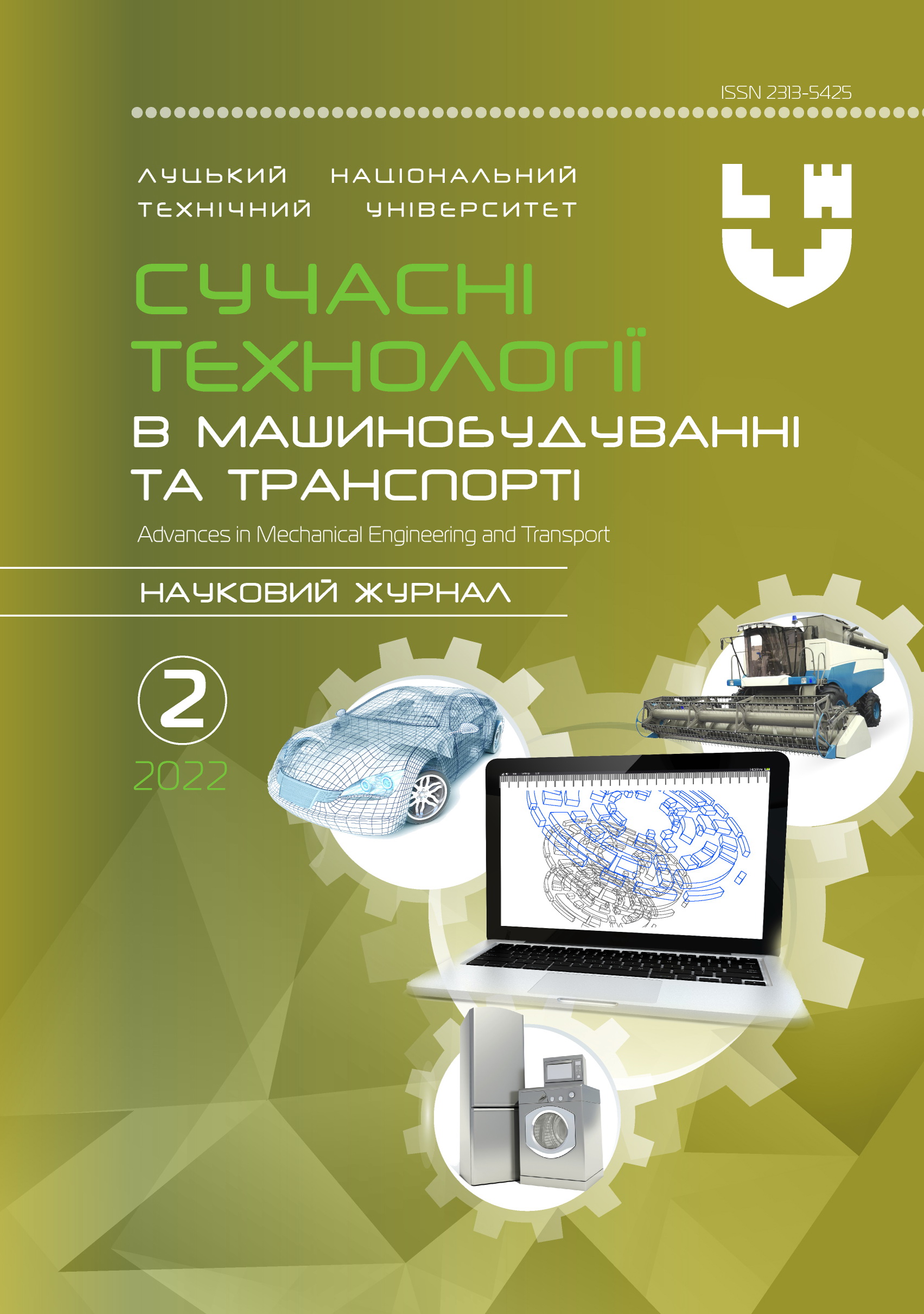Investigation of vehicle delay duration during the passage of unsignalized pedestrian crosswalk
Abstract
The paper analyzes the existing methods of determining vehicle delays before unsignalized pedestrian crosswalk. There are four options for the location of the pedestrian crosswalk in relation to the intersection: on the street section between intersections (Type D); in the intersection area (Type A and Type B); in the zone of influence of the intersection (Type С). Graphical dependences are built, which show the change in the speed of the traffic flow during the passage of unsignalized pedestrian crosswalk. The delay of vehicles for each type of crosswalk is calculated, taking into account the speed mode. It was established that the highest traffic delay is observed at the Type С crosswalk and is 16,5 s, the smallest traffic delay is observed at the Type D crosswalk and is 3,9 s. In this case, the queue of vehicles formed in the approach to the unsignalized crosswalk depends only on the intensity of the pedestrian flow, that is, the influence of the intersection on the pedestrian crosswalk in this case is absent.
In the specialized software environment PTV VISSIM, a model of an intersection with four unsignalized pedestrian crosswalks was created. Delays of vehicles during the passage of unregulated pedestrian crossings at different intensities of traffic and pedestrian flow were simulated and investigated. It was established that the location of an unsignalized pedestrian crosswalk on the roadway reduces the capacity of the street-road network by 10 – 20%. At a low intensity of pedestrian flow (up to 200 ped./h.), the traffic delay at the investigated types of crosswalks is almost the same (up to 20 s). In this case, large intervals are observed between pedestrians, which enable vehicles to drive through the studied section almost without stopping. However, with an increase in the intensity of the incoming pedestrian flow, the intervals between them become tighter, resulting in increased car delays.
Keywords: unsignalized pedestrian crosswalk, traffic flow, pedestrian flow, traffic capacity, traffic delays, simulation modelling




